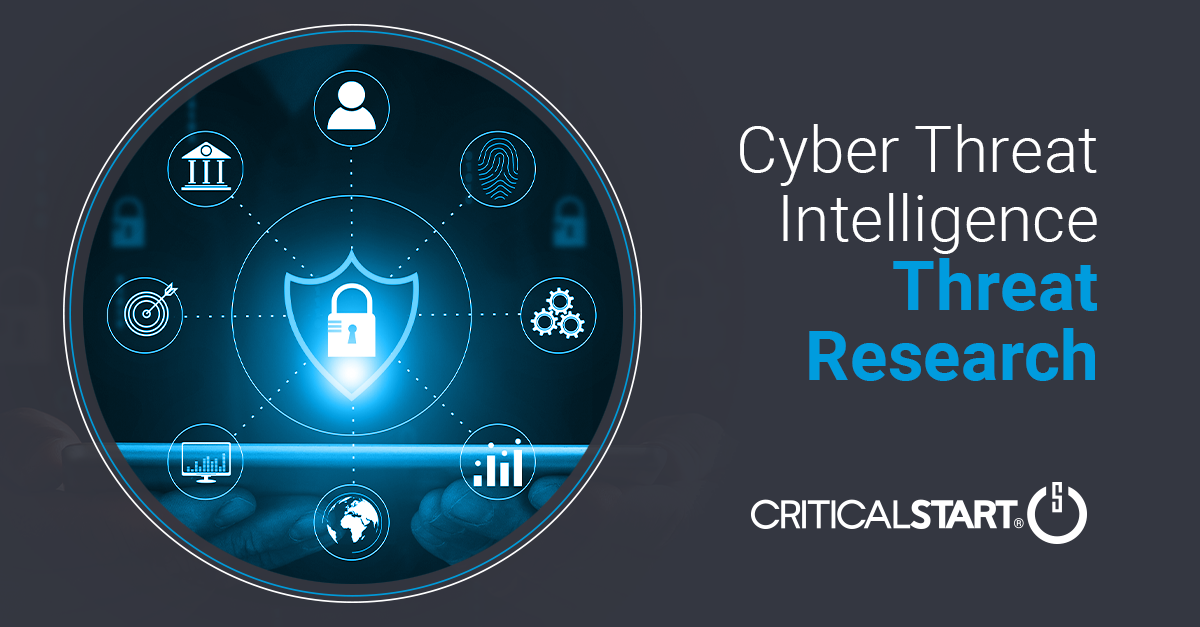Understanding Business Email Compromise Attacks: A Growing Threat

In the modern digital landscape, enterprises utilize communication platforms to facilitate smooth interactions; however, these conveniences also open up numerous avenues that can be exploited by malicious actors. This blog, part of the Business Communication Risks series, highlights how seemingly benign platforms can become pathways for attackers targeting individuals and infiltrating organizations. Businesses must recognize these risks, take proactive steps, and fortify cybersecurity defenses to safeguard sensitive information and operational continuity amidst evolving threats.
Background
In today’s interconnected business landscape, where digital communication plays a pivotal role, cyber threats have evolved to exploit vulnerabilities in email systems. One such threat that has gained prominence in recent years is the Business Email Compromise (BEC) attack. A BEC attack, also known as CEO fraud, is a form of cyberattack in which an attacker impersonates a trusted figure within an organization, such as a high-ranking executive or a vendor, to manipulate employees into taking actions that benefit the attacker. These actions often involve transferring funds, sharing sensitive information, or initiating fraudulent transactions.
The last decade has seen a staggering financial impact from BEC attacks, totaling over $51 billion. This immense figure underscores their appeal to cybercriminals, positioning them as more financially damaging than ransomware attacks. In a notable comparison, 2022 witnessed businesses facing over $2.7 billion in losses from 21,800 reported BEC attack complaints, far exceeding the $34.3 million losses tied to 2,385 reported ransomware complaints. Cloudflare’s 2023 Phishing Threats Report has raised concerns over recent incidents, revealing a troubling 17% spike in BEC-related financial losses between December 2021 and 2022. The report highlights the sophisticated nature of BEC attacks, underscoring attackers’ profound understanding of email behaviors and business practices. This increase in BEC activity indicates a change within the threat landscape underscoring the need for heightened vigilance, enhanced security measures, and robust employee awareness.
Tactics Employed in BEC Attacks
BEC attacks employ various tactics to deceive targets and manipulate them into compliance:
1. **Spear Phishing:** Attackers send tailored, convincing emails to specific individuals within the organization, often mimicking the language and communication style of the targeted individual.
2. **Impersonation:** Attackers use compromised or look-alike email addresses to impersonate executives, vendors, or business partners, creating a false sense of urgency or authority.
3. **Urgency and Manipulation:** Attackers craft emails that create a sense of urgency, pressuring recipients to take immediate action without proper verification.
4. **Invoice Fraud:** Attackers alter legitimate invoices or send fraudulent invoices from compromised vendor accounts, tricking organizations into transferring funds to unauthorized recipients.
5. **Redirected Payments:** Attackers intercept legitimate payment requests and modify the account details to redirect funds to their accounts.
Preventive Measures
To mitigate the risk posed by BEC attacks, organizations can implement a range of preventive measures. These include providing regular employee training to enhance the identification of suspicious emails and understanding of BEC attack tactics. Setting up protocols for email verification, particularly for financial transactions and sensitive requests from unfamiliar addresses, as well as those involving changes in established procedures, is crucial. Enhancing security can involve implementing Two-Factor Authentication (2FA) for email accounts and sensitive systems. To ensure the legitimacy of payment requests, organizations are advised to establish strict payment processes involving verification through multiple channels before proceeding with any fund transfers. Additionally, advanced email filtering systems should be employed to proactively detect and block malicious emails containing potential phishing links or attachments.
Conclusion
BEC attacks pose a significant threat to organizations of all sizes. These attacks capitalize on human psychology and social engineering to deceive employees into taking actions that can lead to financial losses and data breaches. By understanding the tactics used by attackers, organizations can better equip themselves to detect and prevent these attacks. Encouraging a culture of skepticism, where employees question unusual requests, can go a long way in thwarting BEC attacks. By staying informed, training employees, and implementing robust security measures, organizations can significantly reduce their vulnerability to BEC attacks. In today’s digital landscape, proactive cybersecurity measures are a crucial component of overall business resilience.
————————————————————————————————————-
CRITICALSTART® offers a pioneering solution to modern organizational challenges in aligning cyber protection with risk appetite through its Cyber Operations Risk & Response™ platform, award-winning Managed Detection and Response (MDR) services, and a dedicated human-led risk and security team. By providing continuous monitoring, mitigation, maturity assessments, and comprehensive threat intelligence research, they enable businesses to proactively protect critical assets with measurable ROI. Critical Start’s comprehensive approach allows organizations to achieve the highest level of cyber risk reduction for every dollar invested, aligning with their desired levels of risk tolerance.
References:
RESOURCE CATEGORIES
- Buyer's Guides(1)
- Consumer Education(39)
- Consumer Stories(2)
- Cybersecurity Consulting(4)
- Data Breaches(15)
- Data Privacy(43)
- Incident Response(2)
- Interview(51)
- MDR Services(59)
- MobileSOC(6)
- News(5)
- Press Release(101)
- Research Report(9)
- Security Assessments(2)
- Thought Leadership(19)
- Threat Hunting(3)
- Video(1)
- Vulnerability Disclosure(1)
